Behind European Luxury : An Analysis of LVMH
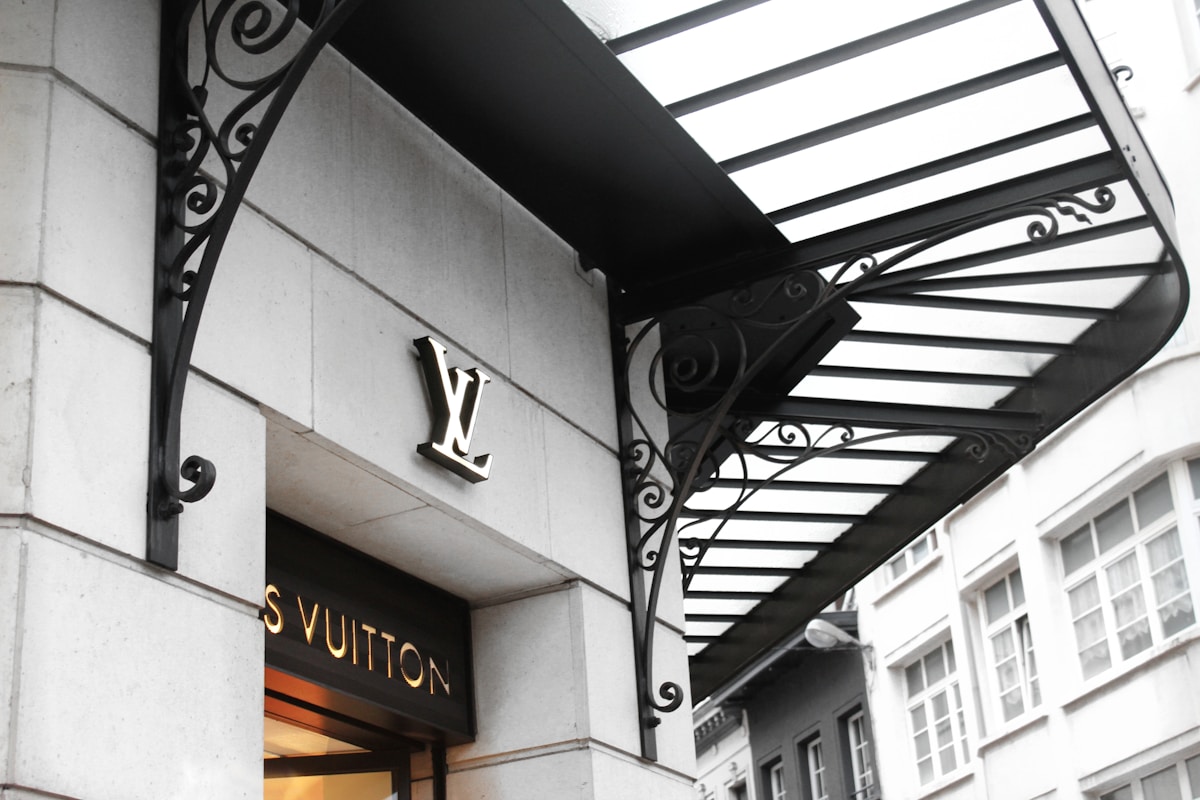
Introduction
Formed in 1987 after a merger between fashion house Louis Vuitton and wine and spirits company Moët Hennessy, LVMH has since become one of the two most valuable companies in Europe (only to be rivaled by Swedish food giant Nestle), with a market capitalization of $336.3 billion. The French luxury conglomerate now consists of 75 independently-managed subsidiaries that fall under six branches: Wine & Spirits, Fashion & Leather Goods, Perfumes & Cosmetics, Watches & Jewelry, Selective Retailing, and Miscellaneous Activities. Notable brands include, as the name suggests, Moët & Chandon, Hennessy, and Louis Vuitton, but also extend to other prestigious labels like Christian Dior, Fenty, and Tiffany & Co.
In 1989, Bernard Arnault acquired the largest stake in LVMH through an internal takeover that culminated in his ownership of 43.5% of LVMH stock and 35% of voting rights. As chairman and CEO, he has run the company under six central principles: decentralized organization, organic growth, vertical integration (i.e., owning entire supply and distribution chains), creation of synergies, sustained savoir-faire, and balance across business segments and geographies. These philosophies have guided the company to a prolific number of acquisitions over the past three decades, including Celine in 1996, Sephora in 1997, Fendi in 2001, and more recently, Fenty in 2019 and Tiffany & Co. in 2021.
In 2020, the luxury conglomerate earned €44.7 billion in revenue, employed 150,000 workers, and maintained over 5,000 stores across the globe despite the global pandemic. While the company did suffer a 17% fall in revenue (down from €53.7 billion in 2019) due to the effects of the pandemic on consumer spending, it maintained strong sales from fashion houses Louis Vuitton and Dior, as well as cognac-producer Hennessy.
These mainstays not only buoyed LVMH’s loss in revenue throughout 2020, but have also been essential to the conglomerate’s rebound in the first quarter of 2021. In their mid-April press release, the company reported a revenue of €14 billion for Q1 2021, up 32% from the same period in 2020 and even up 8% from Q1 2019, indicating overall growth of the company rather than mere recovery. Although LVMH does not report revenues from individual houses, it reported record levels of sales from their Fashion & Leather Goods sector, especially in the US and Asia, where vaccine distribution is accessible and stores are reopening.
LVMH is notorious for its expansion of its vast network of luxury subsidiaries through mergers and acquisitions, and it dwarfs its competing conglomerates Richemont and Kering in terms of size. In investing in small modern brands and revitalizing older maisons, LVMH continues to grow its profits and expand its reach in the luxury sector. Two particularly notable examples include increased investment in Rihanna’s Fenty lines and LVMH’s recent acquisition of Tiffany & Co. during the pandemic.
Case Study of Rihanna’s Fenty
In 2017, Rihanna launched Fenty Beauty, a cosmetic line developed with LVMH through its subsidiary Kendo, a beauty incubator that creates and acquires beauty brands and develops them into international powerhouses. Her mission in creating Fenty was to introduce more diverse offerings “so that people everywhere would be included” in the beauty industry; the industry has long struggled to provide an inclusive range of foundation shades that caters to people of color, especially those of darker skin tones. Upon the product launch of Fenty Beauty's Pro Filt’r Soft Matte Longwear Foundation, Fenty Beauty offered 40 different shades, for all skin tones and types, and has since expanded their range to 50 shades. Additionally, all Fenty Beauty products were sold at midpoint prices (between drug-store and designer price points) both in-store at Sephora’s and online at Fenty Beauty’s website, making Rihanna’s products accessible to a wide audience. In its first 40 days, Fenty made $100 million in sales. In 2020, Fenty Beauty generated an estimated revenue of $570 million.
In 2018, after the success of Fenty Beauty, Rihanna proceeded to launch her lingerie line Savage x Fenty, which followed the same philosophy as its predecessor and sought to make intimates more accessible to all body types. This marked a departure from the decades-long industry norm defined by powerhouse Victoria’s Secret, where “beauty” was synonymous with “white and thin.” Rihanna’s subversion of this norm through inclusive size offerings and marketing toward women of all races rapidly increased her market share. As of 2021, Savage x Fenty has reached a valuation of $1 billion and posted revenue growth of over 200%. It also increased its VIP membership base by more than 150% in the past year. “The brand strikes a unique balance between affordability, fashion and comfort, stands deeply for inclusivity and diversity, and has differentiated itself by building an extraordinary level of affinity and unmatched customer loyalty,” says Jon Owsley, co-managing partner of L Catterton’s growth fund. Savage x Fenty is favored to be the global lingerie market leader by 2025.
In 2019, Rihanna continued to expand her Fenty empire, announcing her partnership with LVMH to launch her luxury fashion label Fenty. The new maison offered ready-to-wear clothing, handbags, and other accessories. LVMH provided Fenty access to its global supply chains, expertise in luxury retail, and investment funds, banking on Rihanna’s celebrity status and previous record of success for a monumental break into the high fashion industry. However, Fenty’s sales failed to take off and only further slowed during the pandemic. Consequently, LVMH and Rihanna came to the joint decision of indefinitely hitting pause on the new fashion house. LVMH pledged continued support for Rihanna’s existing Fenty lines, including her Fenty Skin venture that launched in 2020. In a joint statement to WWD, LVMH and Rihanna “reaffirmed their ambition to concentrate on the growth and the long-term development of [the] Fenty ecosystem focusing on cosmetics, skincare, and lingerie.”
LVMH’s investment in Rihanna’s Fenty lines marked a shift toward modernity through the embracing of not only modern social values (e.g., diversity and inclusion in sizing, access, and marketing) but also the power of celebrity. The accessibility of Rihanna’s products through both skin and body range and price point, in conjunction with her significance in pop culture (most downloaded recording artist of all time, according to the Recording Industry Association of America) and her presence on social media (100 million followers on Instagram and 102.4 million on Twitter), have been the main drivers behind her commercial success. In short, as W magazine puts it, “[Rihanna] has made an empire out of putting an emphasis on making sure that any person of all genders and body types can feel confident...”, and has converted her loyal musical fan base into a large consumer base for her Fenty products.
Case Study of Tiffany & Co.
In the fourth quarter of 2019, media outlets broke the news that LVMH had approached luxury jeweler and specialty retailer Tiffany & Co. with a takeover offer, with a starting bid price of $120 per share (i.e. valuing Tiffany at approximately $14.5 billion, 14 times the target’s projected earnings before interest, taxes, depreciation, and amortization). Analysts attributed this to the conglomerate’s desire to expand into the global jewelry market; according to Bain & Co., the market expanded 7% in 2018, establishing itself as the fastest-growing industry in the luxury sector. Tiffany appeared to be an ideal purchase, as the house has few competitors at its caliber (only Richemont-owned Cartier and LVMH-owned Bulgari) and runs their own diamond-finishing facilities (aligning with Mr. Arnault’s philosophy of vertical integration). Furthermore, LVMH noted that buying an American company would expand their presence not only in the US, giving the French conglomerate increased exposure to US dollar-denominated revenue and decreased foreign exchange risk, but also in China, where Tiffany has been planning to build additional flagships.
Prior to the acquisition, Tiffany & Co. boasted 300 store locations worldwide and an annual revenue of approximately $4 billion. However, when the jeweler started experiencing stagnating sales that fell behind its European competitors, LVMH saw an opportunity to acquire the company. Arnault is known for acquiring older houses with established heritage and revitalizing them by capitalizing on modern interpretations of brand classics, as seen through his acquisitions of Dior and Louis Vuitton. It was expected that Tiffany would receive similar treatment, as the brand not only champions the classic Tiffany Blue color, but is also built into modern pop culture via Breakfast at Tiffany’s, starring fashion icon Audrey Hepburn.
Later in the fourth quarter of 2019, LVMH and Tiffany & Co. settled on an asking price of $135 per share, valuing the deal at $16.2 billion–a 12% increase from the initial offer and 16.3 times the target’s projected earnings before interest, taxes, depreciation and amortization. It was announced that the conglomerate would pay all cash for Tiffany’s shares and finance the deal through bonds. LVMH announced their confidence in the future potential of their pending acquisition; it promised to provide liquidity to launch new product lines, upgrade existing boutiques, and market to younger audiences (especially through its wide range of prices, from a few hundred for sterling silver pieces and up to millions for fine jewelry). Mr. Arnault also signaled that he would invest more heavily in Tiffany’s high-end jewelry offerings (such as its high-carat diamond necklaces) and work to launch new product lines to modernize the brand.
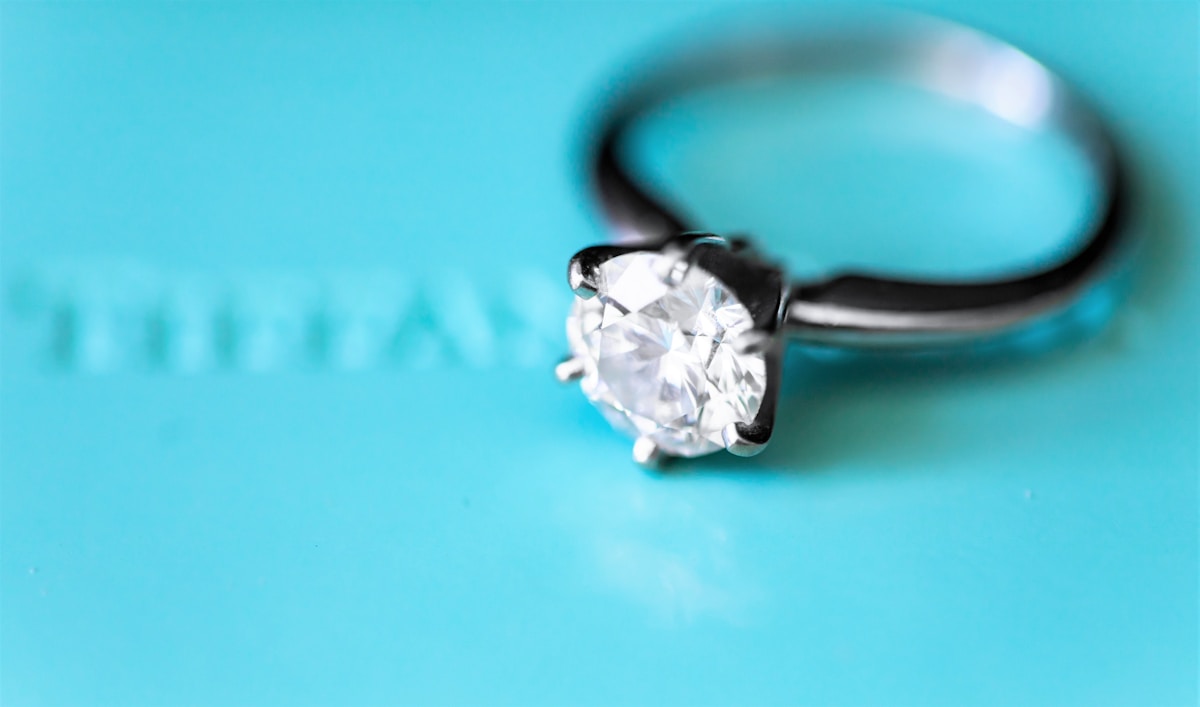
However, the unprecedented pandemic caused a large drop in consumer spending in the luxury-goods market. With restrictions on travel, tourist shoppers (the lifeblood of the luxury industry) could no longer purchase in-store at Tiffany flagships and boutiques. According to Oppenheimer & Co., foreign spending accounts for over 20% of Tiffany’s sales. Additionally, 94% of Tiffany’s sales are made in-store. Consequently, depressed foreign demand and temporary store closures resulted in a 37% fall in worldwide sales in the second quarter. In June 2020, LVMH began expressing doubts about their impending acquisition of Tiffany, as many once attractive aspects of the company had been whittled away by pandemic-induced circumstances. More specifically, the conglomerate had wanted to capitalize on its expertise in European in-store retail and its relationship with European landlords to grow Tiffany’s presence in Europe, where tourist shopping accounts for about 50% of luxury sales. Travel restrictions and public health safety concerns could serve as a long-term hindrance to sales growth. RBC analysts estimated that Mr. Arnault had not expected the Tiffany deal to make a return on his investment until 2025, but the pandemic would only lengthen this timeline even further.
In addition, amidst the pandemic, LVMH found it especially difficult to cut costs due to their commitment to the business model of vertical integration (where they produce their goods in-house and operate the boutiques that sell their fashion and leather goods, cosmetic products, and watches and jewelry). Thus, while other companies were able to cancel orders from their third-party manufacturers in anticipation of depressed demand, LVMH had to absorb the costs of their own paused supply chains and closed distributors. As a result, in the first half of 2020, LVMH’s profits plunged 84% while revenue declined by 27% compared to the same period in 2019. This strained LVMH’s finances, and in conjunction with Tiffany’s performance during the pandemic, led the conglomerate to reconsider their upcoming purchasing and to find ways out of their acquisition contract with Tiffany. The terms of the original agreement dictated that Tiffany could pay a termination fee of $575 million to abandon the deal, but LVMH was not given an option to exit the deal.
The conglomerate took three different exit routes in order to invalidate the deal.
- In September of 2020, LVMH’s chief financial officer Jean Jacques Guiony announced that the French government had sent the conglomerate an unsolicited, valid and legally binding order to hold off on closing the Tiffany deal until January 2021, due to a brewing trade dispute between the Trump administration and France over tariffs on luxury goods. This ordered delay would violate the terms of the deal, which set the closure deadline to November 2020. If an agreement could not be reached by then, the deal would be void. Mr. Guiony claimed that LVMH had “no other choice but to apply this decision,” but Tiffany Chairman Roger Farah responded that “LVMH [was seeking] to use any available means in an attempt to avoid closing the transaction on the agreed terms” and that there was “no basis under French law for the Foreign Affairs Minister to order a company to breach a valid and binding agreement.” To ensure enforcement of the merger, or at least payment of damages in the case that LVMH walked out on the deal, Tiffany filed a lawsuit against LVMH in Delaware Chancery Court, which historically sided with companies who were being bought out in merger and acquisition cases. It was later leaked that LVMH had approached the French government for assistance to back out of the Tiffany deal, invalidating LVMH’s claim that the letter they had received from the French foreign affairs minister was unsolicited. This led the conglomerate to resort to two alternative methods.
- LVMH countersued, arguing that Tiffany had suffered a material adverse event (MAE), which under the merger agreement, would have allowed the conglomerate to walk away from a deal before closing. Although the merger contract had never explicitly stipulated that a pandemic was a material adverse event, LVMH claimed that the coronavirus crisis was considered a change in circumstances that significantly reduced the value of the company, and would continue to in the long-run due to the secondary effects of the pandemic (e.g., shift toward e-commerce and reduced travel). However, their argument was weakened by the fact that a MAE cannot be called upon if the event or economic downturn impacts an industry as a whole, rather than a specific company. LVMH overall faced long odds, as the Delaware court had historically only allowed one previous buyer to back out of a merger under the argument of a MAE.
- The luxury conglomerate also claimed that the merger was invalidated due to Tiffany’s mismanagement of the firm during the pandemic, filing in a complaint that Tiffany “[was] a mismanaged business that over the first half of 2020 hemorrhaged cash for the first time in a quarter century, with no end to its problems in sight.” More specifically, LVMH cited Tiffany’s decision to cut capital and marketing investments, take on additional debt, and most notably, pay shareholders full dividends during the pandemic despite a 37% plunge in sales and a loss of $32.7 million through the first half of 2020 (although sales did improve and the company earned profits in the second quarter). However, the conglomerate found it hard to prove that the company had been underperforming relative to other jewelers in the luxury sector, as LVMH’s own sales in their watches & jewelry division dropped 39% in the first half of 2020 versus the same time period last year. Additionally, data collected from online traffic and social media analytics showed that Tiffany had outperformed LVMH’s Bulgari during the summer months. Tiffany’s Mr. Farah said “LVMH’s specious arguments are yet another blatant attempt to evade its contractual obligation to pay the agreed-upon price for Tiffany.”
In October 2020, Tiffany agreed to new terms set by LVMH to purchase shares at $131.50 apiece (down from the original $135, a modest 2.6% cut), saving the conglomerate approximately $440 million and settling their ongoing litigation set for Delaware court in January 2021. LVMH Chief Executive Bernard Arnault put out a statement in support of the ongoing merger, announcing that “We are as convinced as ever of the formidable potential of the Tiffany brand and believe that LVMH is the right home for Tiffany and its employees during this exciting next chapter.” In buying Tiffany, the French conglomerate advanced itself against their Swiss competitor Richemont, who owns watchmaker and jeweler Cartier. In December 2020, Tiffany shareholders signed off their approval on the new deal terms, establishing LVMH’s purchase of Tiffany as the largest and most expensive acquisition in the luxury market, at a sticker price of $15.8 million. The deal closed within the first seven days of January and LVMH moved to replace top executives at Tiffany, with Louis Vuitton executive vice president Anthony Ledru returning to Tiffany as chief executive (he had previously been head of Tiffany’s North American operations before joining LVMH), Michael Burke taking on the role of Tiffany chairman alongside his current position as CEO of Louis Vuitton, and Alexandre Arnault departing his role as CEO of Rimowa to serve as executive vice president of product and communications.
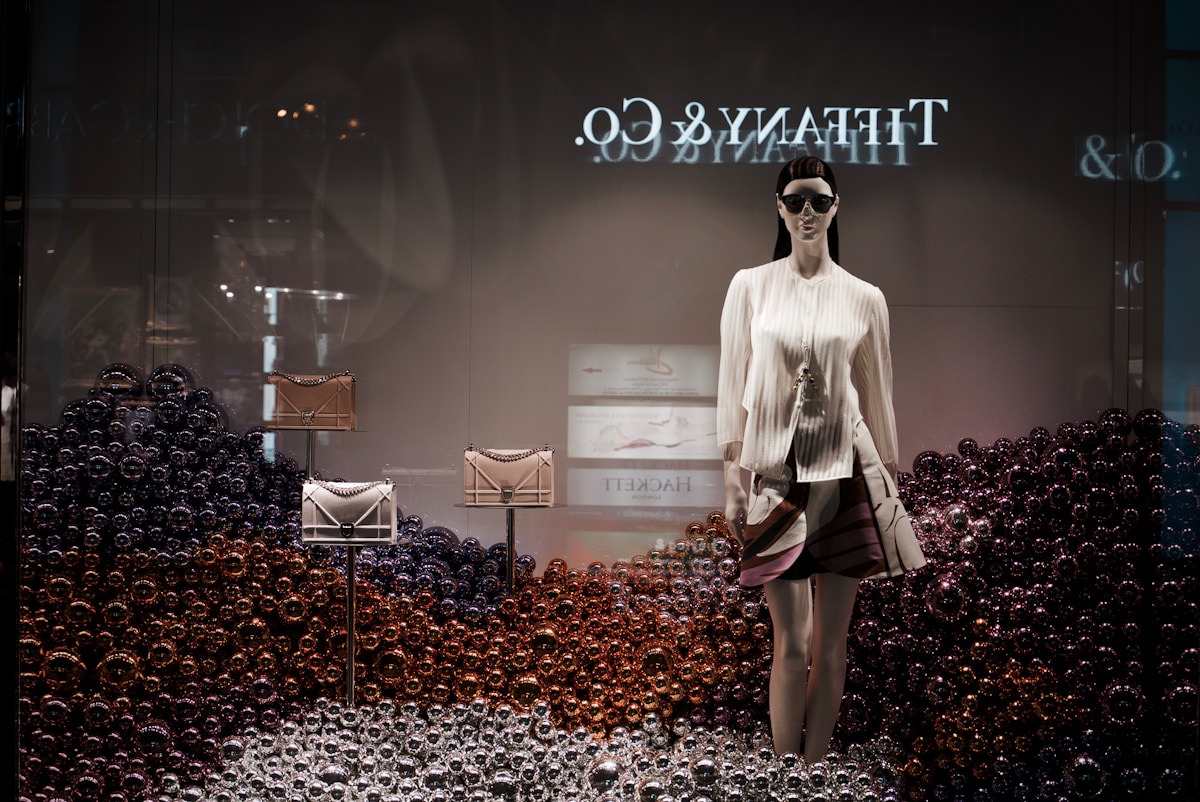
Over the course of 2021, Tiffany has expanded its marketing strategies as well as released new product lines. On April Fools Day, the brand subverted tradition with an announcement on social media that Tiffany had changed its brand color from its classic Tiffany blue to yellow, and proceeded to capitalize on the social media buzz that ensued to open up a Tiffany Yellow pop-up shop in Los Angeles. The American jeweler has also modernized its marketing strategies with new house ambassadors, most notably Anya Taylor Joy (who shot to fame after her acclaimed role in Netflix’s The Queen’s Gambit) and ROSÉ (a member of K-pop group BLACKPINK). These choices reflect Tiffany’s attempts to appeal to a younger consumer base, specifically in the US and Asia. In May of 2021, Tiffany also launched new product line Charles Tiffany Setting, a collection of engagement rings for men, amid the increase in same-sex marriage and the growing popularity of gender-fluid fashion. Given LVMH’s record of taking jewelry brands upmarket (as seen by Bulgari, who witnessed a tripling in their operating margin from 8% to 25% after being bought out by the conglomerate), there is no doubt that Tiffany will experience similar success under the watchful eye of Mr. Arnault.
Further Analysis into LVMH’s Fashion and Leather Goods Sector
The transition of the fashion industry in the past 75 years from independently-owned maisons with unique brand identities to massive luxury conglomerates who own said maisons has revolutionized the commercial workings of the industry. While LVMH does make strong efforts to maintain individual brand values and heritage, the luxury conglomerate’s first and foremost priority in the modern world is profit; their fashion houses must produce clothing that sells in high volumes, thus placing more importance in commercial success rather than artistic endeavor. The conglomerate recognizes that to optimize volume, its individual houses must cater to a broad range of customers while staying true to their origins.
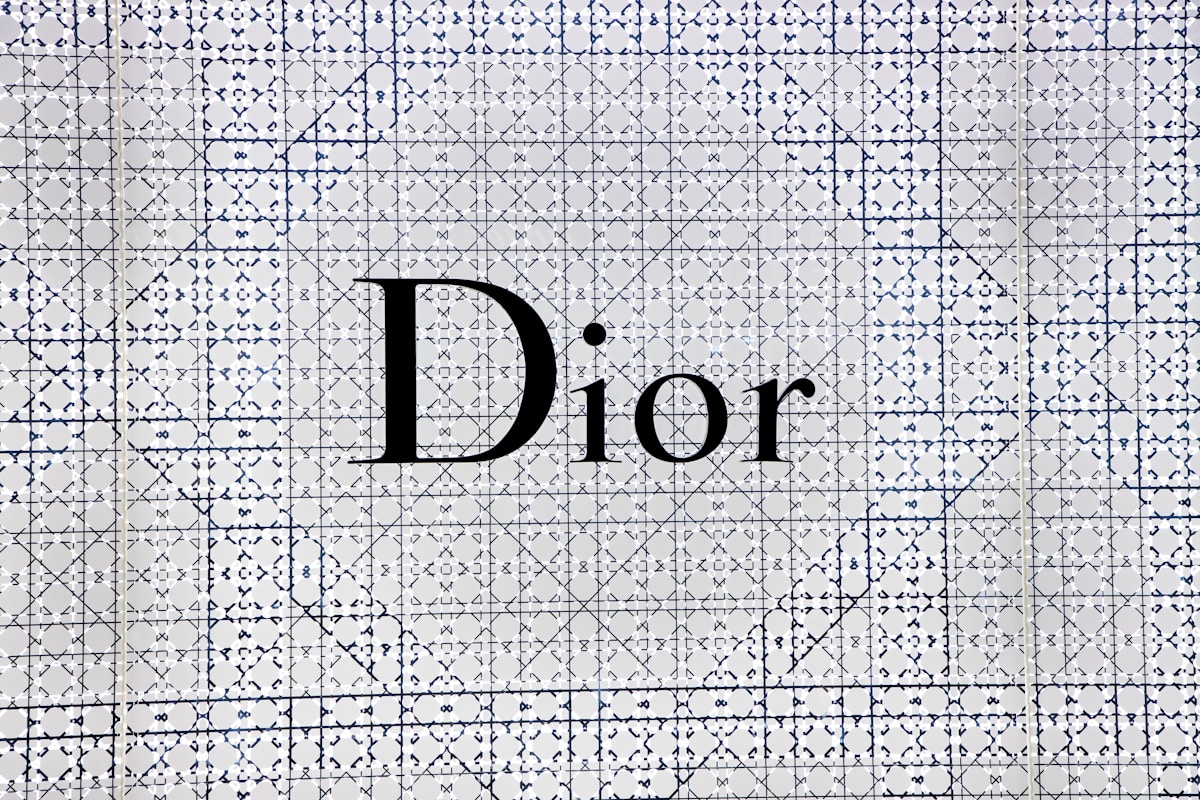
Powerhouses Louis Vuitton and Dior have fused logomania with both their brand classics and new streetwear items to grow their revenue in the past few years. In 2017, Louis Vuitton menswear-designer Kim Jones made the monumental decision to collaborate with streetwear-brand Supreme, citing that “you can’t have the conversation of New York menswear without Supreme right now, because it’s such a massive global phenomenon.” The decision to fuse these two logo-heavy brands to appeal to the streetwear consumer base created a bridge between streetwear and high fashion, introducing more mainstream consumers into the luxury market. LVMH capitalized on this migration through its controversial decision to hire Virgil Abloh, founder and creative director of streetwear-brand Off-White (another brand that relied on hype and logomania to generate sales), as a menswear-designer for Louis-Vuitton. This move attracted these new streetwear-turned-luxury consumers to Louis Vuitton and began to lay the foundations for brand loyalty. Virgil’s initial work at the brand made heavy use of the easily-recognizable LV monogram and damier checkerboard patterns on the maison’s leather good accessories (e.g., bags, belts, and other small leather goods), leading to strong sales to the new consumer base and putting the house in competition with Gucci for hypebeast- and streetwear-focused customers. Both of these brands have become mainstream through their popularization in pop culture, particularly through the rap industry. Dior under the creative direction of Maria Grazia Chiuri has experienced a similar blockbuster success. Her re-revival the 2001 Oblique monogram pattern (designed by Marc Bohan and reinvigorated by John Galliano) has led to brand best-sellers, most notably Dior bags (e.g., the classic saddle bag and the relatively-new book tote) and streetwear-inspired high-top canvas sneakers. LVMH has also replaced former Givenchy creative director Claire Waight Keller with streetwear-designer Matthew Williams to revamp the brand to incorporate streetwear elements in their designs. Overall, the use of logos in both old brand classics and new streetwear-inspired products have opened the luxury market to everyday consumers and boosted LVMH subsidiary sales to record high volumes.
Although the logo-dependent and minimalist ready-to-wear business models are commercially successful ones that rely on high volume, the tradeoff is the loss of designer brands’ artistic exploration and exclusivity–the very essence that motivates people’s fascination with the fashion industry. However, a few fashion houses have maintained intimacy with their customers through their haute couture collections, in which designers create custom-fitted clothing for only their top clientele. These pieces are made from high-quality, expensive, and even unusual fabrics and are handcrafted by the artisans (i.e. embroiderers, weavers, jewelers, pleaters, etc.) in ateliers. Given the time and effort expended in the creation of these pieces, haute couture epitomizes supreme technical mastery and virtuoso execution, and comes at a high price tag that makes it only affordable to a small proportion of luxury consumers. The customers that are able to afford fashion houses’ couture pieces maintain strong relationships with the brands’ corresponding creative directors and testifies to the continued existence of personalization and intimacy between brands and their clients. LVMH maintains the art of haute-couture through maisons Dior and Givenchy, and is currently in the process of reviving Fendi couture under the direction of newly appointed creative director Kim Jones.

Looking forward, it is logical to wonder which brand will be the next capstone of LVMH, after the commercial successes of Louis Vuitton and Dior. If following historic trends, it is easy to eliminate the possibility of a newly launched luxury fashion and leather goods house when considering Fenty’s failure to take off. However, the revival of a maison that they already own or may acquire in the future has potential, given the formula of commercial success that has been derived from previous profitable brands; this formula requires a fashion house with has existing traditions and heritage, iconic brand classics that can be reinterpreted in a modern context, and a logo monogram print that will sell well. Since few maisons remain independent (Chanel, Hermes, and Goyard to name a few) and even fewer are up for sale or susceptible to a takeover, the house will most likely be found in LVMH’s existing portfolio of fashion and leather goods houses. Following the pre-established formula for success, the conglomerate’s next big bet seems to be the maison Fendi. All of the elements are there: Fendi has a history of expertise in crafting fur and leather goods that can be used to revive the maison, a brand classic in the form of the Fendi Baguette bag (popularized in the ‘90s by its appearance on Sarah Jessica Parker as Carrie Bradshaw in Sex and the City), and the iconic Fendi Zucca logo created by the esteemed Karl Lagerfeld. Fendi also clinched 9th place on the Q2 2020 Lyst Index, which tracks online search data and social media engagement to rank fashion’s best-selling brands and products on a quarterly basis. With the appointment of Kim Jones and the revival of its couture line, the brand is slated to become one of the largest commercial successes within the fashion industry.
Future Outlook of LVMH’s Expansion
Over the past decade, the fashion industry has also been reckoning with the ever-growing influence of Eastern consumers in the luxury sector–LVMH’s next biggest challenge is to compete with rivals Richemont and Kering for customers in Asia. European luxury conglomerates are betting most heavily on sales growth in China, as the nation’s booming economy has spurred Chinese consumers’ rapid income growth and thus transformed the country into the home of the fastest growing market for luxury goods in the world. According to Bain & Co., the luxury goods market in mainland China achieved 48% growth in 2020, doubling China’s share in the global luxury market. Growth is expected to continue into 2025. As a result, fashion houses have been scrambling to expand their marketing strategies to advertise to their Asian consumer base: two notable methods include putting fashion shows on tour to China and signing on Asian brand ambassadors.
LVMH’s expansion into China through fashion shows dates back to as early as 2007, when Chinese consumers only accounted for about 2% of global consumption of luxury goods. Mr. Arnault’s foresight on the future of China’s importance in the luxury market resulted in Fendi’s then creative director Karl Lagerfeld showing his monumental 2008 Spring-Summer collection at the Great Wall of China. Mr. Burke, then CEO of Fendi, revealed later in an interview that Fendi “wanted to do something when the city was still in its transformative state, when it’s like a moth turning into a butterfly,” referencing China’s pending emergence as an economic power. More recently, Louis Vuitton showed their 2021 Menswear Spring-Summer collections in Shanghai, while Dior presented their disco-themed 2021 Pre-Fall show in Shanghai as well. Due to the pandemic’s long-lasting effect of reduced travel and reduced capacity in-person shows, LVMH has moved toward the digitization of their shows, with Louis Vuitton distributing their 2022 Menswear Spring-Summer collection in image, live-stream, and short video formats through prominent Chinese digital platforms Wechat and Weibo. According to Morgan Stanley, the show broke records with over 130 million livestream views; the hashtag #LVMenSS22 gathered 520 million views within 24 hours, marking huge engagement growth for the brand in China.
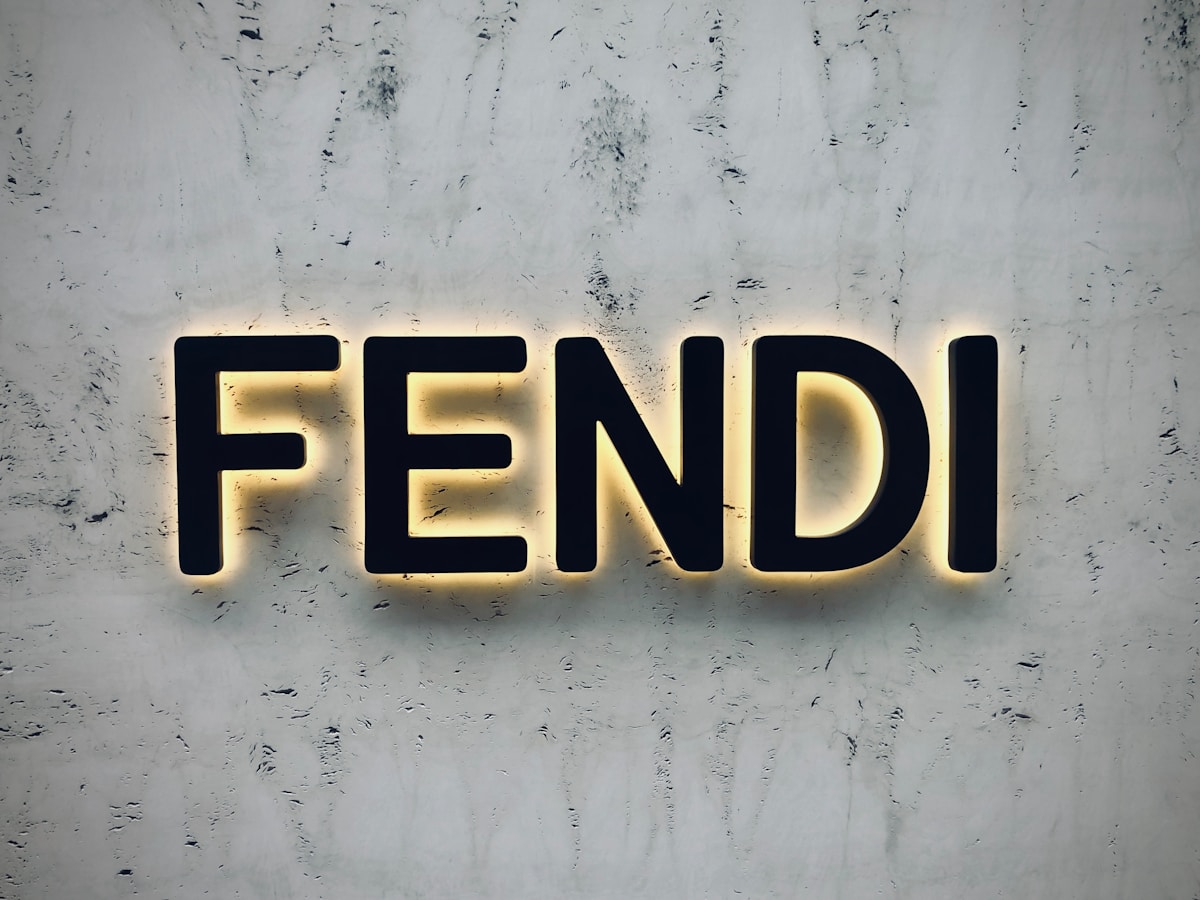
To further market their brands to an Asian consumer base, prominent fashion houses have also announced a flurry of partnerships with Asian brand ambassadors. Louis Vuitton has picked up both Chinese and Korean celebrities, most notably Chinese rapper Kris Wu in 2018, as well as internationally acclaimed K-pop group BTS in 2020. Their appearances at red carpet events, ad campaigns, and fashion shows while donned in Louis Vuitton garments have gained not only media spotlight, but also the attention of their fans worldwide. Dior has also signed on K-pop group BLACKPINK’s Jisoo as an ambassador for both their fashion and beauty lines in 2021. It would not come as a surprise if LVMH’s subsidiaries continue to sign on new Asian representatives and to host more fashion shows in China in order to further grow their customer base and compete for a larger market share in the luxury goods sector.
Conclusion
LVMH’s constant expansion through mergers and acquisitions (as seen by the case studies of Fenty and Tiffany and Co.), growth of its existing houses, and global marketing strategies will continue to grow the reach of the luxury conglomerate on a worldwide scale, especially in the Asian market. Its ongoing work in digitizing the fashion industry through its partnership with Google Cloud will only further revolutionize the consumer’s shopping experience and merits further analysis in a later article. At the end of the day, LVMH epitomizes luxury and remains true to its mission: “A family-run group, LVMH strives to ensure the long-term development of each of its Houses in keeping with their identity, their heritage and their expertise.”